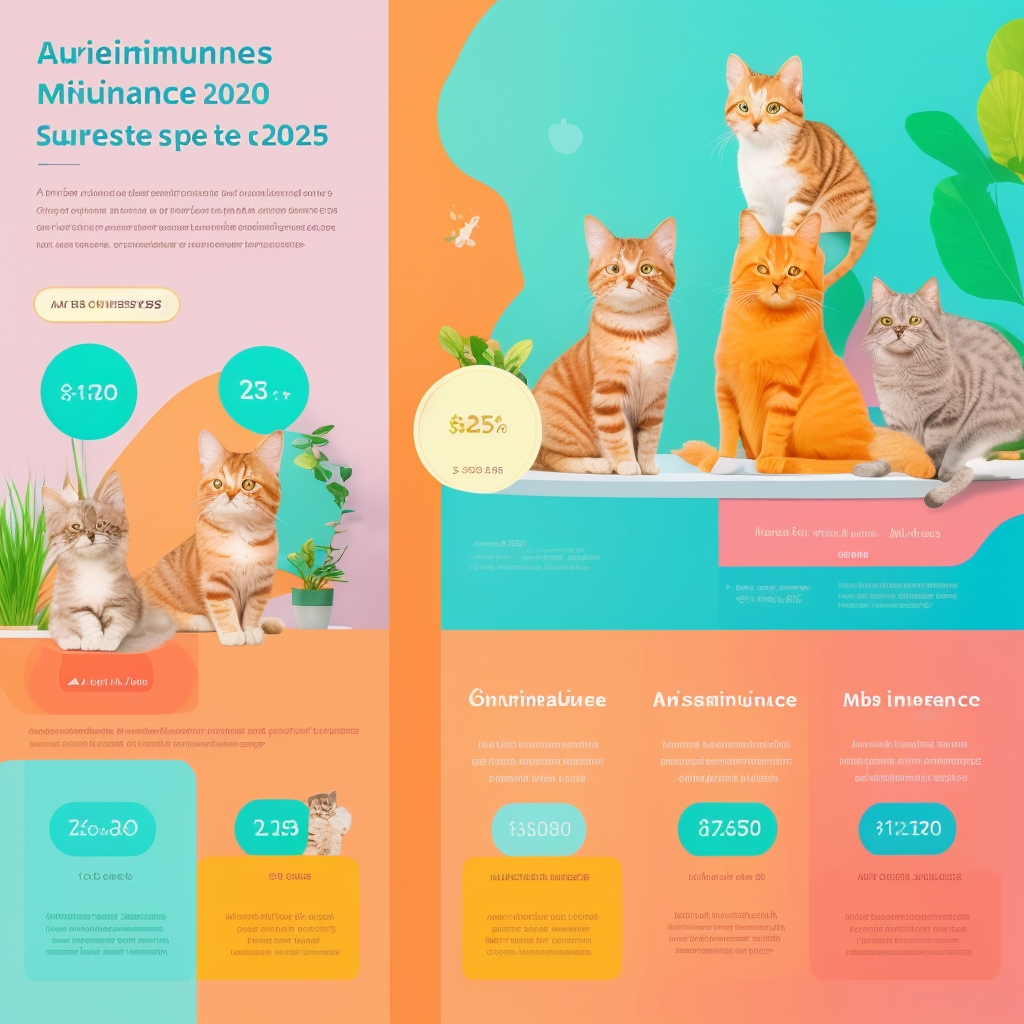Over the years, awareness of animal health has evolved considerably. In 2025, more and more dog owners are deciding to subscribe to pet insurance for their four-legged companions. This choice is motivated by several factors, ranging from rising veterinary costs to seeking peace of mind. In this article, we’ll explore the essential reasons why it’s a good idea to get dog insurance, highlighting concrete examples and best practices to optimize your experience.
The Benefits of Dog Insurance
Financial Protection Against Veterinary Costs
Veterinary costs can quickly become exorbitant, especially in cases of accident or serious illness. According to a recent study, the average cost of hospitalization for a dog can reach several thousand euros. By subscribing to insurance, you benefit from coverage that can go up to 100% of the incurred costs, depending on the level of guarantee chosen.
Concrete example: Imagine your dog is diagnosed with an illness requiring costly surgery. Without insurance, you might have to pay €2,000 or more out of pocket. With insurance, if your contract covers 80% of the costs, you would only pay €400.
Access to Quality Care
Subscribing to dog insurance allows you to access quality veterinary care without having to worry about the immediate cost. This encourages owners to consult the veterinarian as soon as a health problem appears, rather than waiting for the situation to worsen.
Use case: An owner who notices their dog showing signs of joint pain can, thanks to their insurance, consult a specialist without hesitation. This can lead to an early diagnosis of arthritis and appropriate treatment, thus improving the animal’s quality of life.
Peace of Mind
Knowing that your pet is covered in case of a health problem brings you invaluable peace of mind. You can focus on your dog’s well-being without having to worry about the financial implications.
Concrete example: When a dog owner goes on vacation, they can feel more at ease knowing that their animal is covered by insurance, in case it needs emergency care during their absence.
The Different Types of Coverage
Basic Insurance
These contracts offer minimal coverage, generally for veterinary consultations and routine care. They are often more financially accessible and are suitable for owners who want basic protection without overspending.
Intermediate Insurance
These contracts generally include broader coverage, encompassing care like hospitalization, surgical interventions, and sometimes alternative medicines. They represent a good compromise for those seeking increased security.
Premium Insurance
These contracts offer comprehensive coverage, including preventive care, vaccinations, dental care, and even specialized treatments. They are ideal for owners of older pets or those with dog breeds more susceptible to developing health problems.
Key Points to Consider When Subscribing
Your Dog’s Age and Breed
Some dogs, depending on their age and breed, may be more prone to health problems. It’s therefore crucial to choose insurance that meets their specific needs.
Exclusions of Guarantees
Carefully read the terms and conditions to know the guarantee exclusions. Some insurance policies do not cover pre-existing conditions or care considered non-essential.
Deductible Level
The deductible amount can vary from one insurer to another. A higher deductible can reduce the cost of your monthly premium, but it’s crucial to assess how much you’ll be willing to pay if needed.
Waiting Periods
Most insurance policies impose a waiting period, during which you won’t be able to benefit from coverage. Make sure you fully understand these periods before subscribing.
Best Practices to Optimize Your Insurance
Compare Offers
Use online comparison tools to evaluate the different available insurance providers. Consider coverage, exclusions, and customer reviews.
Consult a Veterinarian
Talk to your veterinarian about your insurance options. They can provide recommendations based on their experience with other clients.
Regularly Re-evaluate Your Contract
Your dog’s health needs evolve over time. It’s therefore important to regularly re-evaluate your contract to ensure it continues to meet their needs.
Keep Track of Expenses
Keep a record of veterinary expenses to better understand your coverage needs and to optimize your insurance choice in the future.
Conclusion
Getting dog insurance in 2025 is a wise decision for any owner concerned about their pet’s well-being. The financial benefits, access to quality care, and peace of mind make it an indispensable choice. By taking the time to compare different offers and considering your dog’s specific needs, you can guarantee optimal protection for your faithful companion. Don’t wait for an emergency to arise; anticipate and protect your dog’s health today with suitable insurance.
Do you have any initial thoughts on which type of coverage might be best for your dog, or are there specific health concerns you’d like to prioritize?







